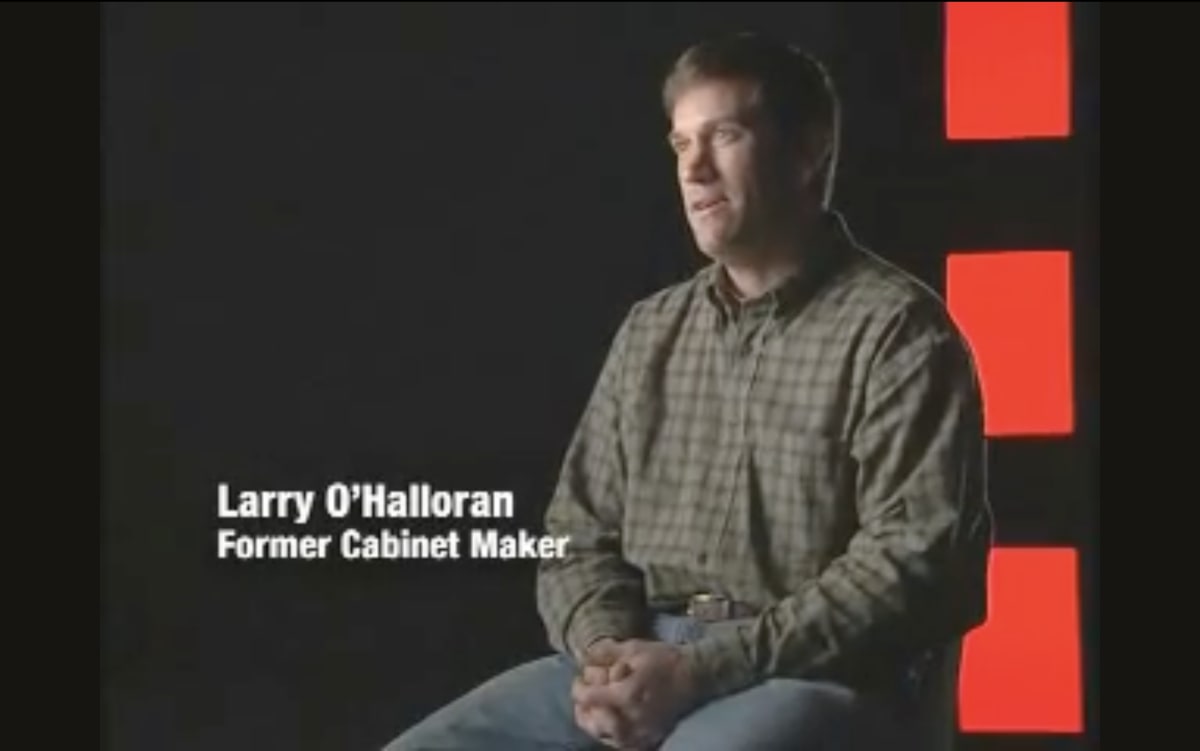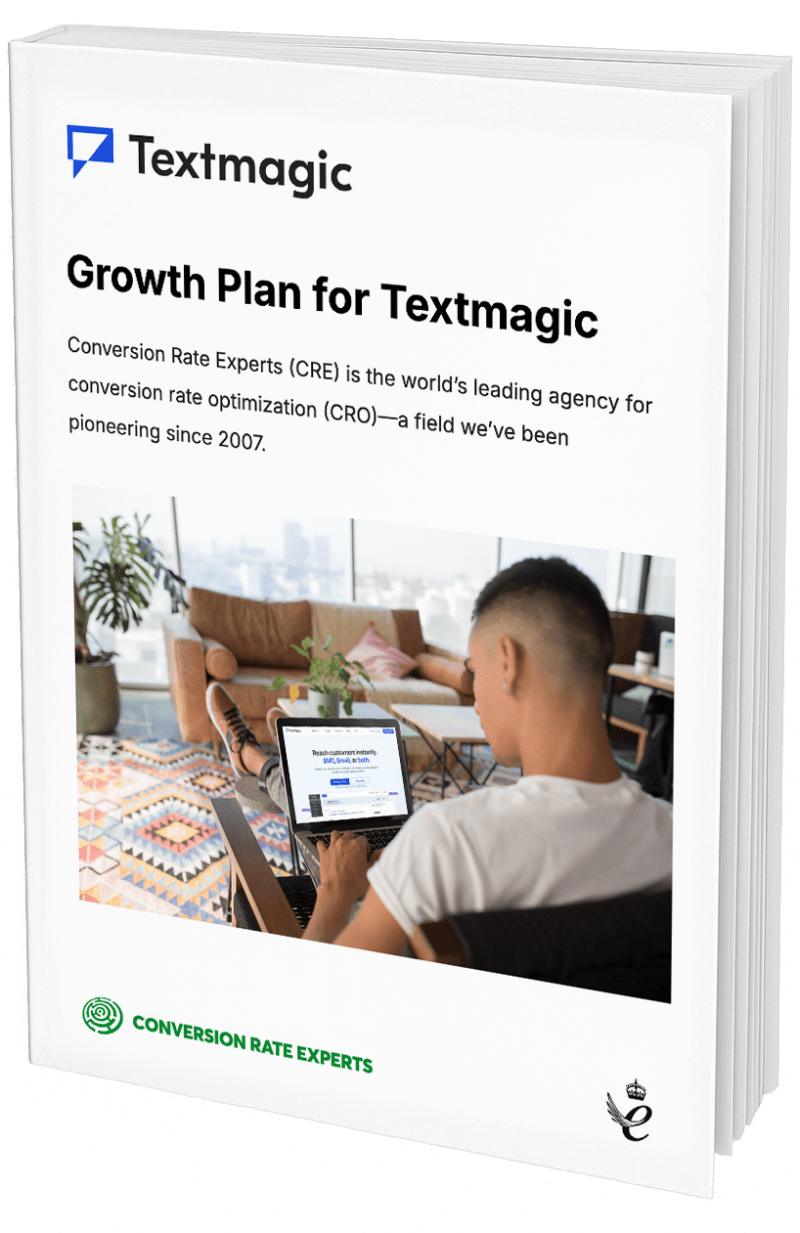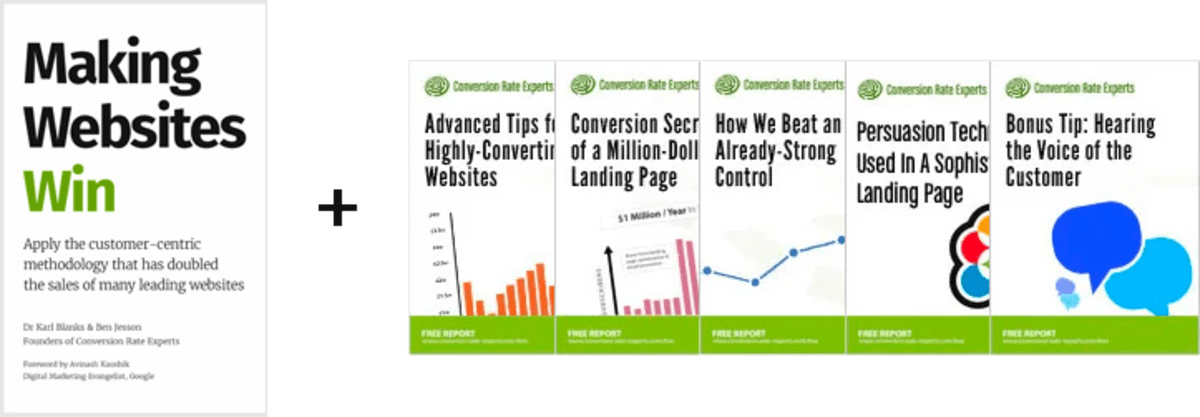Copywriting Friday: How to persuade skeptical people
(By the way, to get articles like this free in your inbox, subscribe to our newsletter.)
Copywriting Friday highlights the tools and techniques of creating persuasive content. Enjoy.

To explore this question, we have some good news and a warning: The good news is we will look at a video ad that does an amazing job at this type of persuasion. The warning: It’s about an important topic that may make some people uncomfortable because it involves the reality of workplace injuries. The video contains no blood, but we do hear from someone who lost fingers. The product being discussed is a truly revolutionary woodworking tool, and the video is a great example of how to handle a tough topic.
One other note: The video was produced a few years ago and is not the highest resolution. Even so, we think you’ll appreciate the message.
Waste no time with preambles—immediately address your audience
Woodworking is like many professions, with its own language and shared understanding of procedures. What’s the fastest way to seize the attention of these pros? It’s not by saying something like: “Attention woodworking professionals” or “Announcing a revolutionary new saw!” Yawn. Instead, it’s to sound like a professional, and talk about topics they might share over a beer.
This is where the video delivers its first strong message.

There is no introduction whatsoever—just a story. It’s as if Larry was talking with his buddy from another company:
“Rick had left me to cut out a bunch of material. So I was doing an upper end on a cabinet. It’s a 5/8ths dado blade, and I bound the material against the fence….”
If people watch this and they are not reasonably experienced woodworkers, they may bounce away: Huh? What’s an “upper end”? What’s a dado? What tool is he even working with?
It’s absolutely impossible for the target market not to be devoting their full attention at this moment, because they know what’s coming. The narrower you go, the deeper you resonate.
For this video, the SawStop company is focused on experienced woodworkers and also woodworking business owners. There’s nothing stopping them from creating other videos that focus on the hobbyist market.
With your own material, are you trying to appeal to multiple distinct markets in the same video? That’s OK as long as those markets don’t perceive themselves as distinctly different. Perhaps you create software for musicians, in which case maybe female and male musicians can be appealed to in the same video. But if you mix professional jazz musicians with beginning piano students? Not a good idea for either group.
Blow up their comfortable objections
A key principle at Conversion Rate Experts is “O/CO”, or “Objection/Counter‑Objection”. We don’t know what research the SawStop company performed on their target market, but we suspect it yielded opinions along the lines of:
“Long-time professional woodworkers are highly experienced with the tools they use. You might even say they’re comfortable around them. Many have been using these tools for decades. Dumb accidents happen to careless amateurs—not professionals.”
The video does a great job of directly addressing this mindset. It does not ask: “Are you an experienced woodworker and are comfortable around power tools?” Instead, all the people shown in the video look like long-time professionals: the cabinetmaker, business owner, hand surgeon, and risk manager.
It’s the risk manager who directly addresses the “I know what I’m doing; such an accident won’t happen to me” objection: “The more experienced you become, the more you’re a candidate for an accident.” The surgeon says: “Most people would be surprised to know that for most table saw injuries, these are not amateurs. These are professional men who use table saws every day.” He adds: “…by the time you feel the saw touch your fingers, there’s no time to flinch and pull your hand away.”
We’re also given many statistics that make the case not only about how prevalent these accidents are, but also how expensive:
- 60,000 table saw accidents a year
- Cost of workplace amputation: $45,608.
- Potential lifetime medical cost: $400,000.
- “Our premiums tripled. It took us to a place that just about broke us.”
- Paid by furniture manufacturer for 2 fingers: $2.3 million.
We hear proof not from just the inventor, or from one perspective—we hear it from multiple experts. In your own business, are you prominently addressing your prospects’ biggest objections with as many facts as you can muster? Do not worry about overdoing it; if you’re dealing with the primary objection of your market, you probably cannot overdo it, but you certainly can come up short. (For inspiration, see our ultimate guide to proof.)
Rely on facts—not modifiers—to strengthen your message
An effective copywriting technique is to look back on something you wrote and circle all the adjectives and adverbs. It’s not that those modifiers are bad; in fact, sometimes they’re necessary. It’s that they’re overused and can become a crutch instead of finding facts to support your case.
In the SawStop video, we aren’t told that table-saw accidents are “horrendous” or “incredibly expensive.” We instead hear from someone who experienced it, and later are given the average costs.
The video avoids hyperbole in another way: Although the topic is inherently shocking, there’s a dispassionate tone to the people being interviewed. The surgeon tells us how he sees the same injuries all the time. The cabinet maker calmly describes how in an instant he’s thinking: I can’t believe I just did that. It’s harder for anyone to dismiss the message when it’s all about the facts, with “no artificial ingredients.”
When you go through your own materials and circle all the modifiers, can you think of instances where you can replace some of them with more facts or proof elements?
Give more than one reason to buy the product
The video makes the business case and safety case for buying the saw in no uncertain terms. Even so, we hear from the inventor how he wanted to make not only the safest saw, but “Our goal was to make a saw that cuts wood better than any other saw you could buy. And that’s what we did.” It gives prospects another very rational reason to buy the saw.
We see this principle in use in other industries. People may fantasize about how it will feel to drive that new car, but a smart salesperson will also make sure they know about the fuel efficiency and latest safety features.
Have you made a comprehensive list of reasons people might buy your product or service, and do you test different combinations of rational and emotional reasons?
Bring your audience to a crossroads
This is a favorite technique of legendary copywriter, Clayton Makepeace. After you make the case for your product, explain that readers have a decision to make: they can continue doing what they’ve done, or they can follow this other path. We see that same principle with the surgeon:

“It’s the choice between a wound you can treat with a band-aid, and hundreds of thousands of dollars in medical expenses.”
Do you bring your visitors to a crossroads? We’re not talking about the simplistic device that some people use: “So what are you waiting for?” (Answer: They’re probably waiting for you to make a stronger case for your product.) Instead, we mean something more subtle after you’ve made your case. That’s when you should paint the picture of doing the same old thing, versus what life will be like when they have your product.
Even the best products need great copy
SawStop’s invention is a game-changer. But as we’ve seen, even the most innovative product doesn’t sell itself. People won’t automatically beat a path to your door—unless, of course, Taylor Swift is spotted using it.
Since most of us can’t count on that kind of luck, we have to rely on something more predictable: great copy. Smart messaging cuts through skepticism, dismantles objections, and makes the case so compelling that the right buyers can’t ignore it.
Even if you’ve built a better mousetrap, the world still needs to understand why it’s better. And that’s where persuasive copy does its magic.
See you next time on Copywriting Friday.
How much did you like this article?
What’s your goal today?
1. Hire us to grow your company
We’ve generated hundreds of millions for our clients, using our unique CRE Methodology™. To discover how we can help grow your business:
- Read our case studies, client success stories, and video testimonials.
- Learn about us, and our unique values, beliefs and quirks.
- Visit our “Services” page to see the process by which we assess whether we’re a good fit for each other.
- Schedule your FREE website strategy session with one of our renowned experts.
Schedule your FREE strategy session
2. Learn how to do conversion
Download a free copy of our Amazon #1 best-selling book, Making Websites Win, recommended by Google, Facebook, Microsoft, Moz, Econsultancy, and many more industry leaders. You’ll also be subscribed to our email newsletter and notified whenever we publish new articles or have something interesting to share.
Browse hundreds of articles, containing an amazing number of useful tools and techniques. Many readers tell us they have doubled their sales by following the advice in these articles.
Download a free copy of our best-selling book
3. Join our team
If you want to join our team—or discover why our team members love working with us—then see our “Careers” page.
4. Contact us
We help businesses worldwide, so get in touch!
© 2025 Conversion Rate Experts Limited. All rights reserved.















